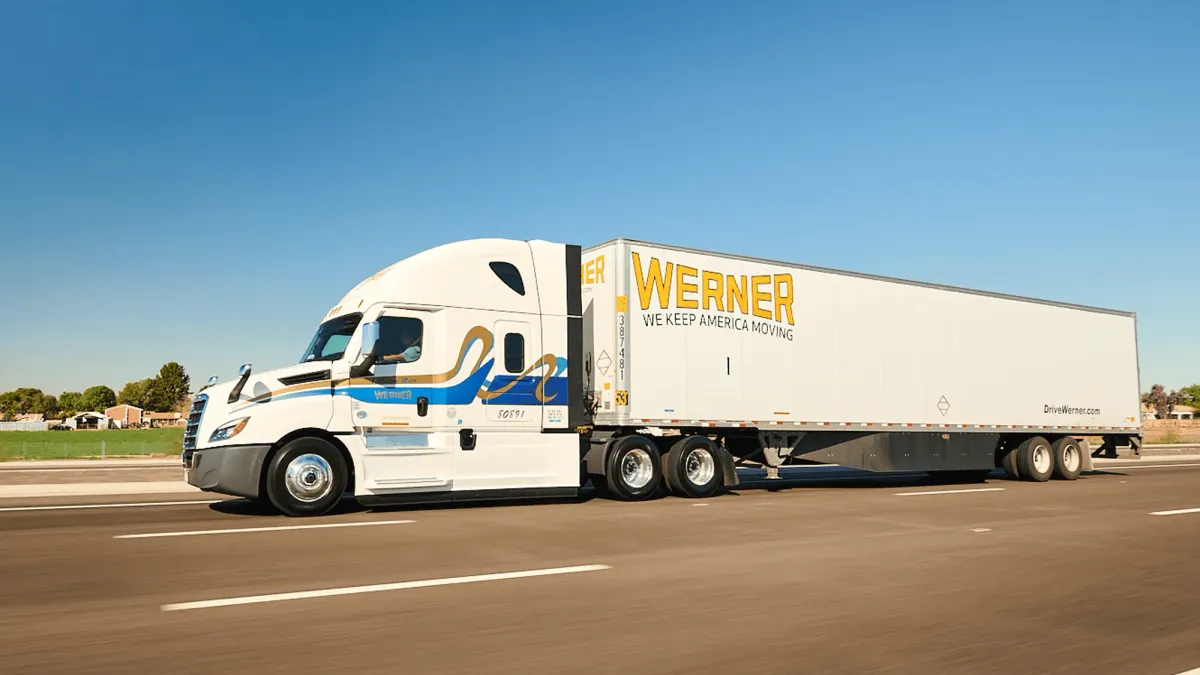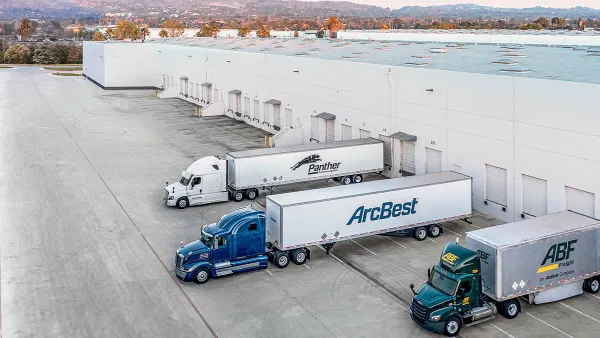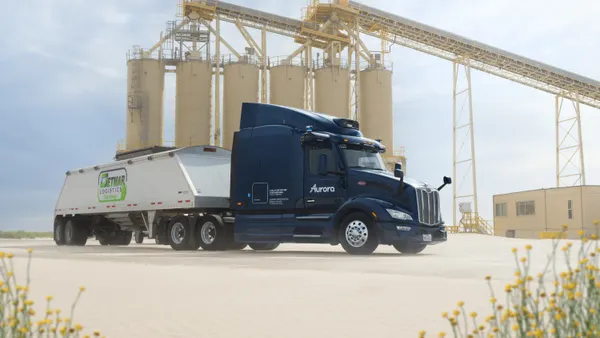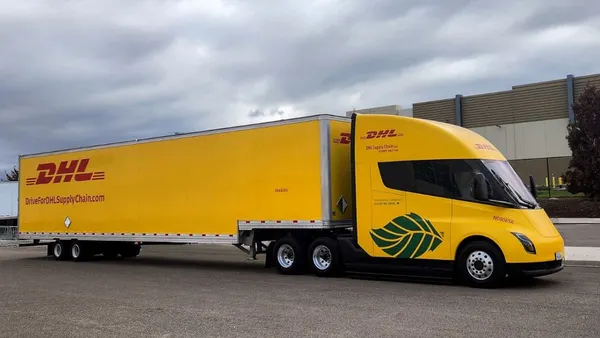Artificial intelligence (AI) is rapidly transforming physical operations, from route tracking to fleet safety management. AI-powered driver safety technology is designed to save lives, reduce costs, and enhance road safety. However, despite these advancements, the anticipated improvements in safety statistics have not been fully realized.
In 2024, the U.S. experienced 39,345 traffic fatalities—a 3.8% decrease from the previous year, but still significantly higher than pre-pandemic levels. While trucking is cost-effective, it involves tens of thousands of pounds traveling at highway speeds, making any failure potentially catastrophic.
The introduction of AI-based cameras has contributed to reducing distracted driving, preventing accidents, and saving lives. AI can significantly enhance road safety. However, to make a meaningful difference, commercial fleets require accurate and reliable AI that detects and alerts to unsafe driving behaviors in real-time.
Accurate AI detection is crucial. It can mean the difference between preventing an accident and dealing with its aftermath. Real-time risk detection through AI can help prevent injuries, reduce accidents, and pave the way toward achieving Zero Harm.
In industries like consumer products and medical diagnostics, vendors are required to substantiate their claims. In the autonomous vehicle sector, companies utilize platforms like Foretellix to simulate millions of driving scenarios and validate system performance before deployment. The rapid innovation and deployment of cutting-edge AI have outpaced the establishment of reliable benchmarks, leaving customers uncertain about the safety and efficacy of AI-dependent products.
A Growing Concern: Opaque Performance and Anti-Benchmarking Clauses
AI-powered driver safety technology is equally critical, yet its performance metrics are seldom disclosed or verified. Alarmingly, some vendors actively prevent scrutiny.
For instance, Samsara's Terms of Service include clauses that prohibit customers or researchers from publishing product performance comparisons without written permission. These "anti-benchmarking clauses" obscure performance gaps and suppress data that could be vital for safety.
Such practices are not only anti-competitive but can also jeopardize safety. When performance data is hidden, signs of driver distraction may go unnoticed, fatigue can be misinterpreted, critical driving risks might be flagged too late—or not at all—and incident responses could be delayed or inaccurate.
In this industry, "good enough" AI isn't sufficient. When vendors conceal their shortcomings, the consequences fall on drivers, fleets, and the public.
A Proven Alternative: Independent Validation and Open Testing
At Motive, we adopt a different approach—one rooted in transparency, rigor, and accountability. We have pursued independent testing of our products, including head-to-head evaluations conducted by the Virginia Tech Transportation Institute (VTTI), a leader in transportation safety research, in a report that we commissioned.
In these tests, the Motive AI Dashcam successfully alerted drivers to unsafe driving behavior 86% of the time, outperforming leading competitors Samsara and Lytx, which had significantly lower alert rates. The results are published and publicly available, and the methodology is transparent. We encourage customers to conduct their own side-by-side trials to validate these findings.
At Motive, we welcome comparisons because that's how trust is built and safety is enhanced.
A Call to Action: Industry-Wide Standards for AI-Powered Driver Safety Technology
In many industries where AI is utilized—from healthcare to autonomous vehicles—rigorous benchmarking is standard practice, driving innovation, accountability, and progress. Driver and fleet safety should be no exception.
Commercial fleets deserve access to stringent standards for the AI-powered cameras embedded in their vehicles and equipment. To achieve this, vendors must lead by example, not hide. This entails removing anti-benchmarking language from contracts, allowing independent third-party testing, and publishing performance results and methodologies.
At Motive, we've already implemented these measures because transparency isn't just ethical—it's the responsible way to develop and deploy AI tools designed to prevent accidents and protect lives.
Accountability Is Non-Negotiable
For AI-powered driver safety tools to fulfill their promise—saving lives, preventing incidents, and building safer roads—transparency must be guaranteed. Vendors must demonstrate their capabilities, not just claim them. Independent benchmarking isn't a burden. It's a business imperative.
Because when it comes to driver safety, there's no room for guesswork—only proof.










